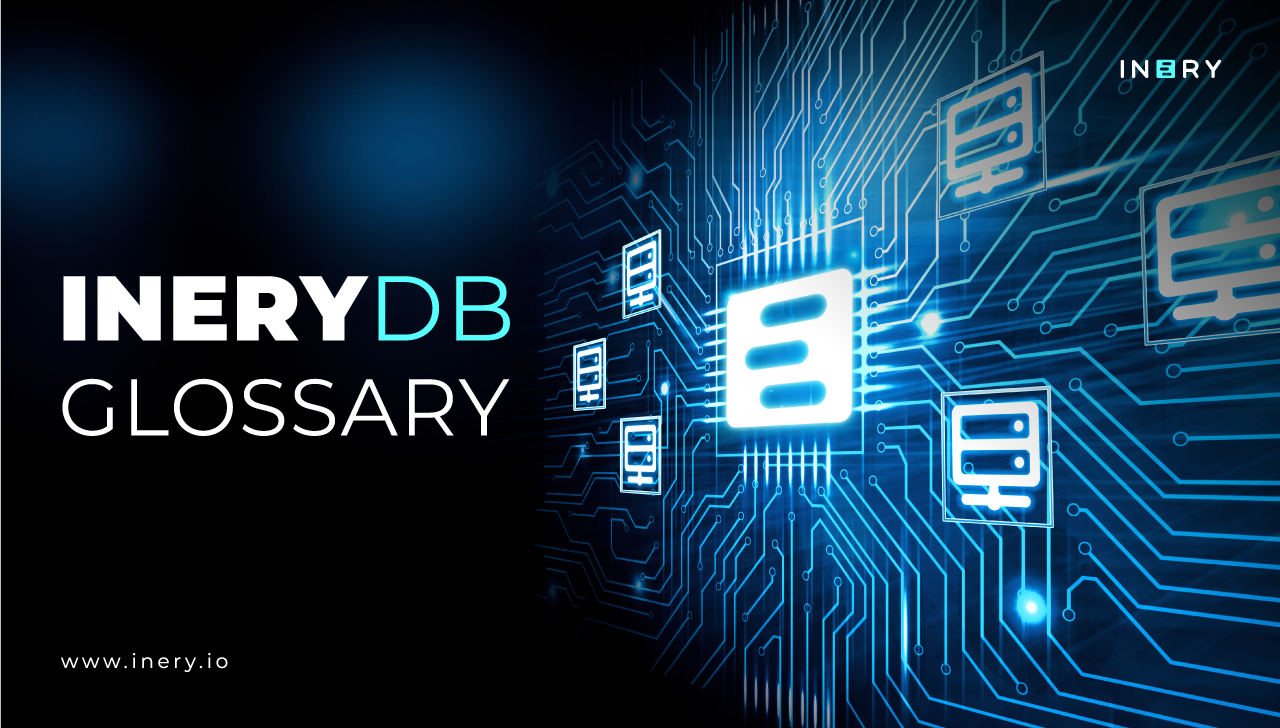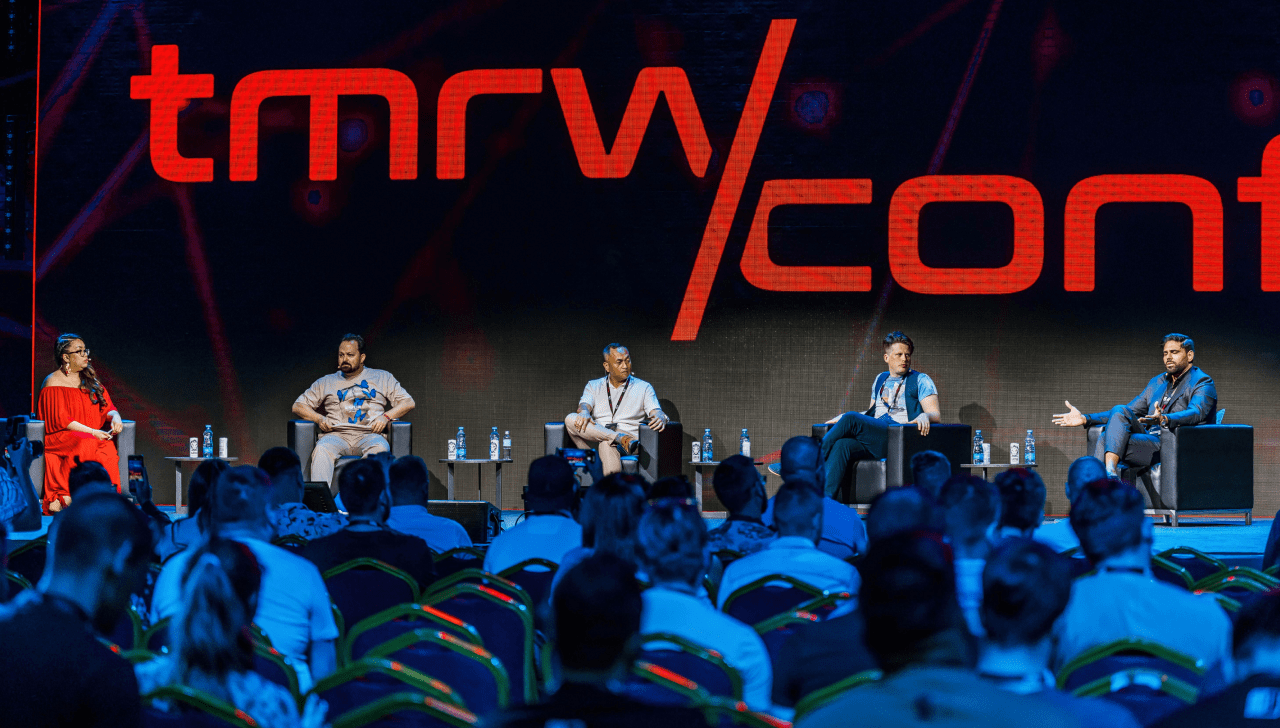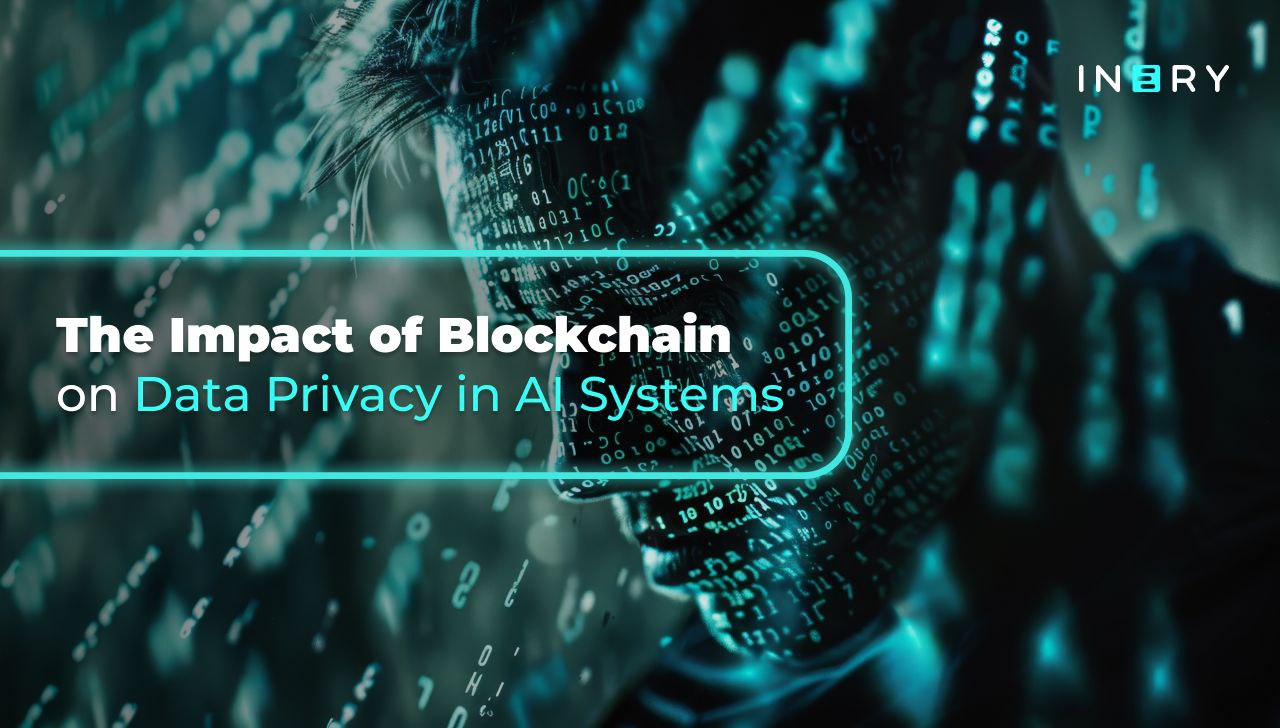If you’re just getting started with IneryDB—welcome, by the way!—you may have noticed that it isn’t exactly like other DBMS ecosystems. You’ll run into terms specific to IneryDB or blockchains, but you’ll also see already familiar concepts that work a bit differently than you might be used to.
As such, this glossary of Inery’DBs most important database terms will help you get comfortable quicker and avoid confusion.
ABI
ABI (Application Binary Interface) is a specification that defines how value contracts in Inery Blockchain communicate with each other and with the blockchain. It defines the structure, encoding, and decoding rules for data exchanged between value contracts and Inery Blockchain.
Action
An action is a transaction type in Inery Blockchain. It represents an operation or function performed by a user or value contract on the blockchain. Actions are included in transactions and are used to trigger specific operations on the Inery Blockchain.
Block
A block is a collection of transactions that are bundled together and added to the blockchain. In Inery Blockchain, blocks are produced by elected block producers as part of the consensus algorithm.
Block Producer
In the Inery Blockchain network, block producers (BP) are responsible for:
validating transactions
producing blocks
maintaining the blockchain network
Block producers play a crucial role in the consensus algorithm and governance of the Inery Blockchain.
Block Reward
Block reward refers to the incentive given to block producers for validating transactions on the Inery Blockchain.
Block rewards typically consist of newly minted tokens and transaction fees. They’re basically compensation for producers’ efforts in securing the network.
CPU
CPU (Central Processing Unit) in Inery Blockchain refers to the computing resources required to process transactions, execute value contracts, and perform other computational on-chain tasks. Users need to stake or rent CPU resources to perform actions on the Inery Blockchain.
Chain ID
Chain ID is a unique identifier that represents a specific Inery Blockchain network. It serves to differentiate between different Inery Blockchain networks, ensuring that transactions and actions are valid only on the intended chain.
Chaincode
Chaincode refers to the code written and deployed to the Inery Blockchain to implement the logic and functionality of a value contract.
Consensus Upgrade
Inery Blockchain consensus upgrades allow for improvements and changes to the blockchain protocol. This is done through a consensus-based process involving block producers and token holders.
Consensus upgrades enhance the security, performance, and functionality of the Inery Blockchain.
Immutability
Immutability refers to the characteristic of blockchain data. It cannot be altered, tampered with, or deleted once it is recorded on the blockchain. Inery Blockchain is designed to be immutable, ensuring the integrity and security of the data stored there.
Inery Blockchain
Inery Blockchain is an open-source protocol that allows developers to build decentralized applications (dApps) and blockchain-based solutions.
Inery Blockchain Account
An Inery Blockchain account is a unique identifier that represents a user/value contract on Inery Blockchain. Through this account, users send and receive transactions, interact with value contracts, and manage digital assets.
NET
NET stands for Network Resources, and it refers to the bandwidth resources required to transmit data to and from the Inery Blockchain network. Users need to stake or rent NET resources to send and receive transactions, actions, and other data on Inery Blockchain.
RAM
In the context of Inery Blockchain, RAM (Random Access Memory) is the amount of memory allocated to store data on the blockchain.
Inery Blockchain uses a unique resource model where users need to purchase or rent RAM to store data such as value contracts, token balances, and other state information.
Resource Model
Inery Blockchain has a resource model that includes RAM, CPU, and NET resources, which are required to perform actions on the blockchain.
RAM is used to store data, CPU is used to process transactions, and NET is used for network communication. Users need to manage and allocate these resources to perform actions on the Inery Blockchain effectively.
Resource Usage Limit
Inery Blockchain imposes resource usage limits on actions performed by accounts to prevent abuse and ensure fair resource allocation. These limits include CPU usage, NET usage, and RAM usage.
Ricardian Contract
On Inery Blockchain, a Ricardian Contract is a human-readable representation of the terms and conditions defined in a value contract.
The Ricardian Contract serves as a legal document that outlines the rights and responsibilities of parties involved in a transaction. This makes value contracts more transparent and understandable.
Sidechain
Sidechain is a separate blockchain connected to the main Inery Blockchain, operating in parallel with it. Sidechains can have their own set of rules, value contracts, and tokens. They can be used for various purposes such as:
Scalability
Interoperability
Adding functionalities
Specialized use cases
Snapshot
A snapshot is a record of the state of the blockchain at a specific point in time.
Inery Blockchain may take snapshots periodically or during network upgrades to capture the current state of accounts, token balances, and other blockchain data. Snapshots can be used for various purposes, such as backup, recovery, or auditing.
Token
A token is a digital asset that represents ownership or value within a blockchain network.
Inery Blockchain facilitates the creation and management of tokens, which can be used as a medium of exchange, store of value, or for other purposes within dApps built on Inery Blockchain.
Tokenomics
Tokenomics is the study of the economic aspects of a blockchain system, including the distribution, supply, demand, and value of tokens. Tokenomics plays a crucial role in the governance, incentives, and sustainability of an Inery Blockchain ecosystem.
Value Contract
A value contract is a self-executing contract with the terms of the agreement directly written into the code.
In Inery Blockchain, value contracts are written in C++ programming language and can be deployed on the blockchain to automate processes, enforce rules, and manage digital assets.
Conclusion
Let this serve as a comprehensive guide for both newcomers and seasoned experts navigating the intricate landscape of IneryDB and its encompassing blockchain ecosystem. By acquainting yourself with the terms detailed herein, you are better positioned to effectively engage with and exploit the full capabilities of IneryDB.
From the core concepts such as blocks and block producers to the nuanced aspects of tokenomics and value contracts, this glossary arms you with the essential knowledge required to fully understand and utilize the Inery Blockchain.
Whether your focus is on developing decentralized applications, managing digital assets, or exploring the vast possibilities of blockchain technology, this glossary is an indispensable tool for mastering the complexities of this sophisticated database management system.

Inery•
2 years ago
Overview of the CAP Theorem and the Blockchain
Something is missing in the interplay between the CAP theorem and the blockchain. Where does CAP fall apart? Click here to find out. ...READ MORE
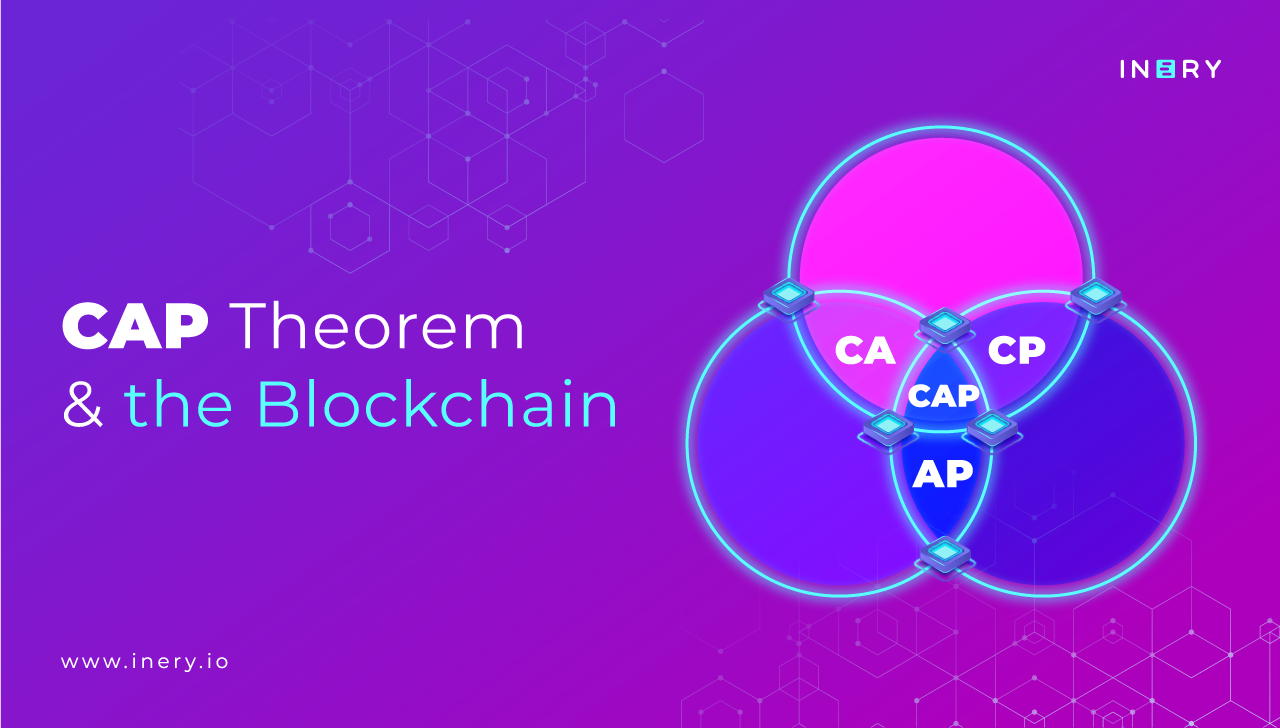
Share

Inery•
1 year ago
Building Trust in Digital Transactions: The Role of Decentralized Identity Systems
Learn how decentralized identity systems supported by blockchain, like Inery, provide a secure, private, and controlled way to manage digital identities and build trust online. ...READ MORE
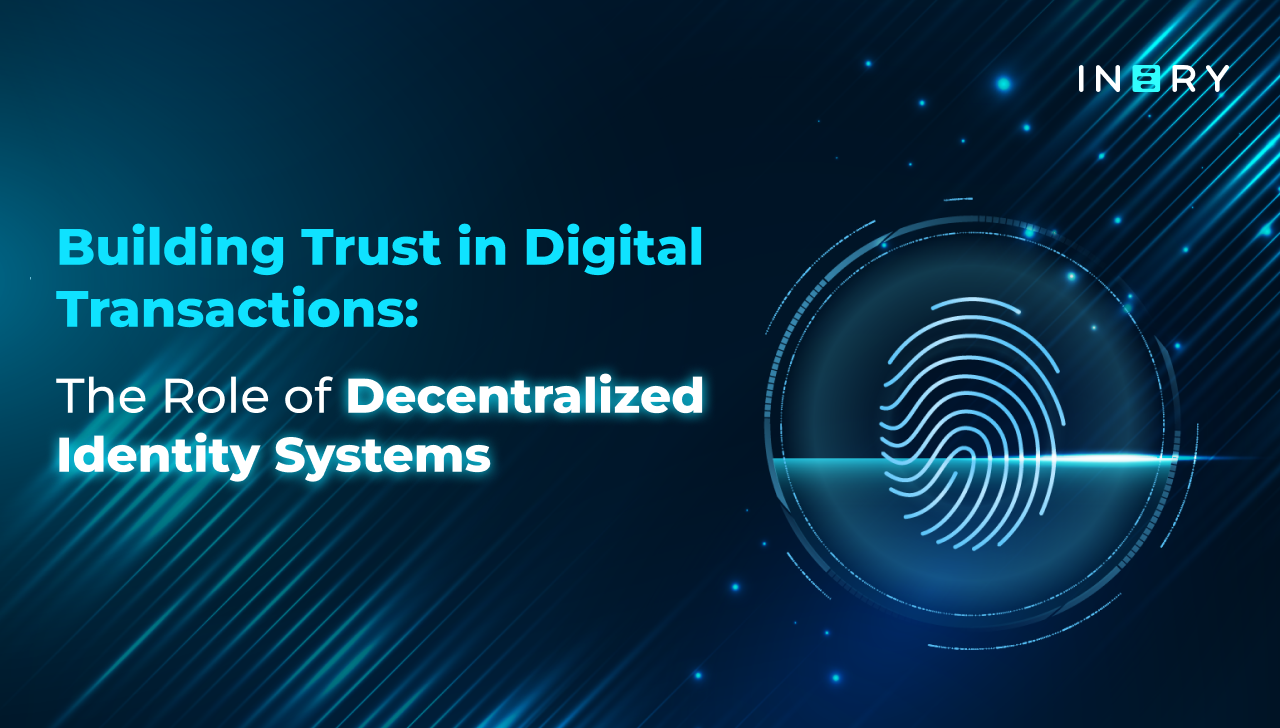
Share

Inery•
3 years ago
Can Inery Help Traditional Businesses And How?
Inery’s influence and use case for traditional businesses ...READ MORE
-1665070349.png)
Share

Inery•
2 years ago
The Power of Blockchain in E-commerce and Logistics
If you're not yet convinced of the benefits of blockchain for e-commerce and logistics, click here to learn why you should be. ...READ MORE
-1678970347.png)
Share
Most popular today

